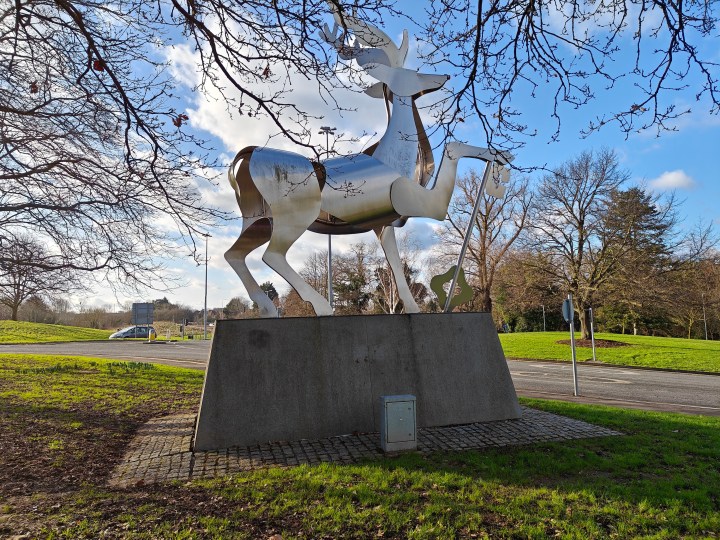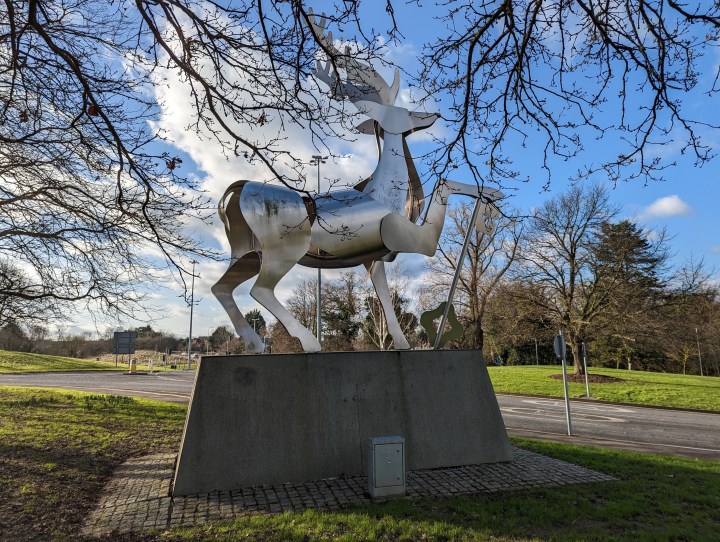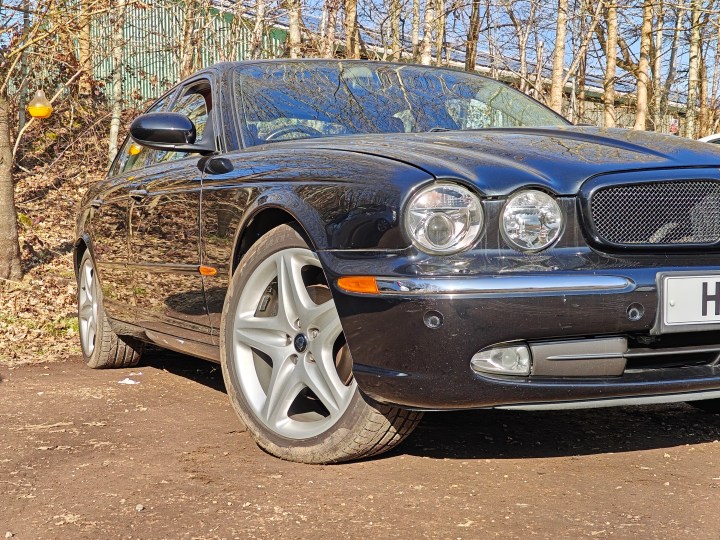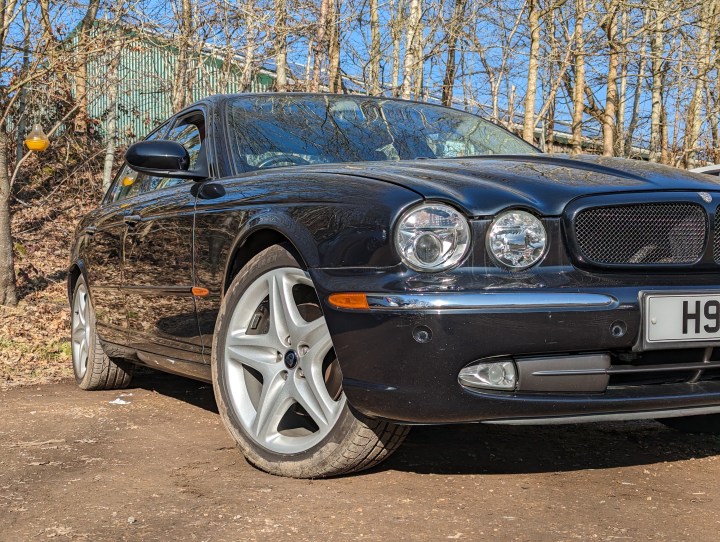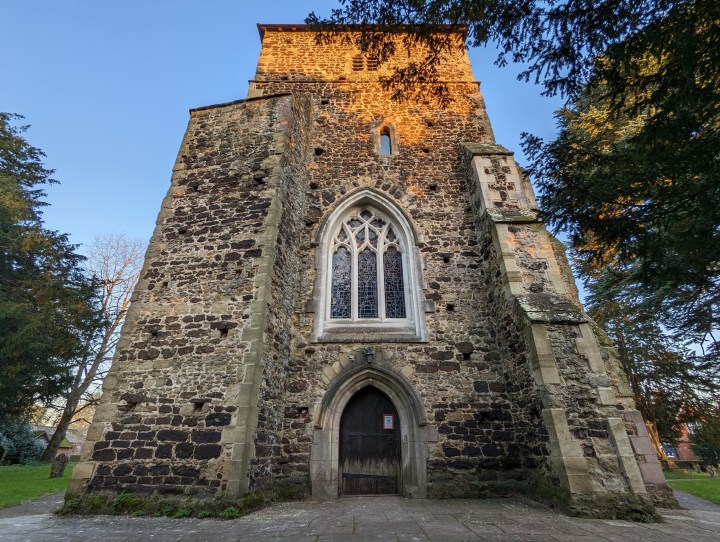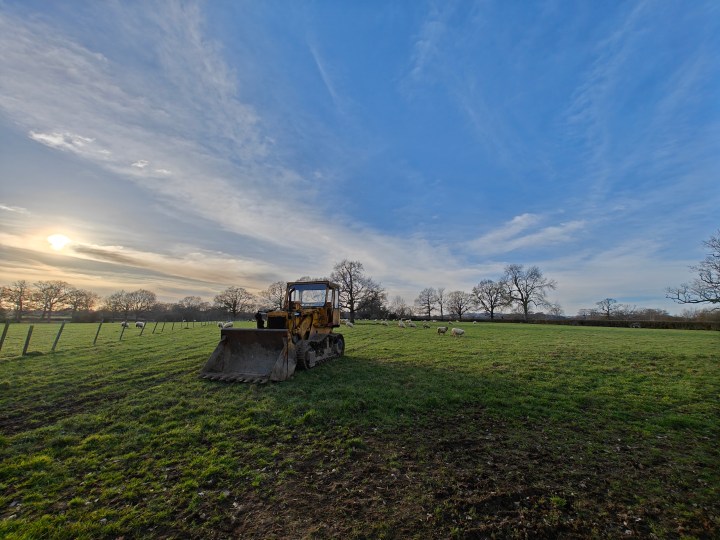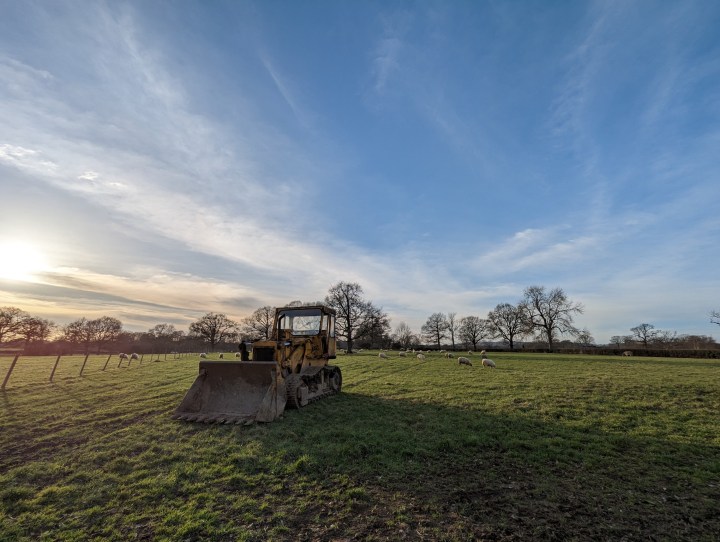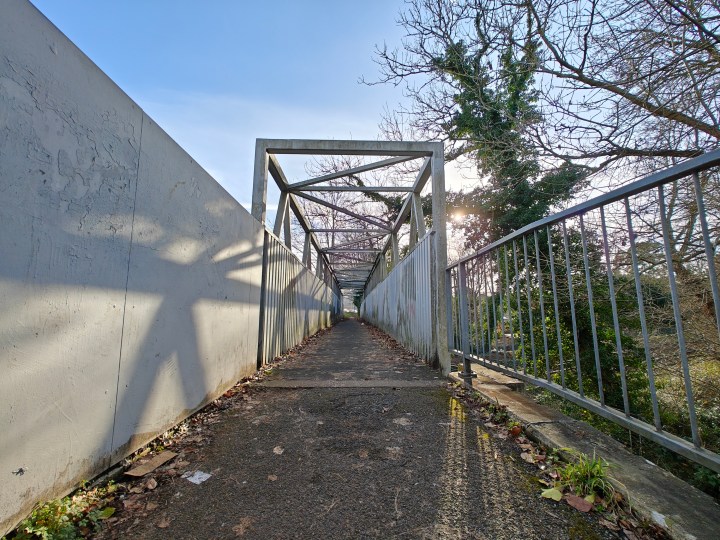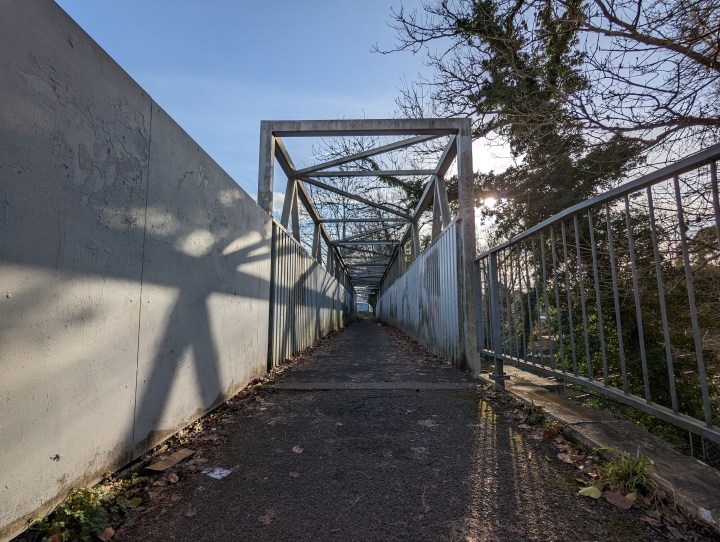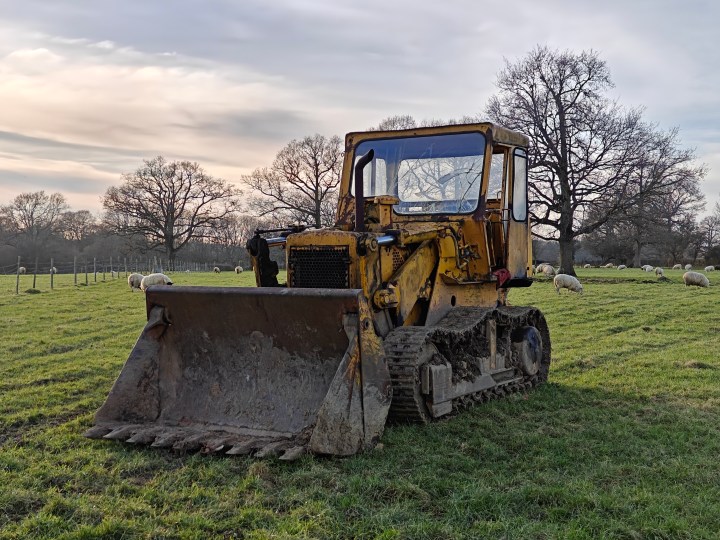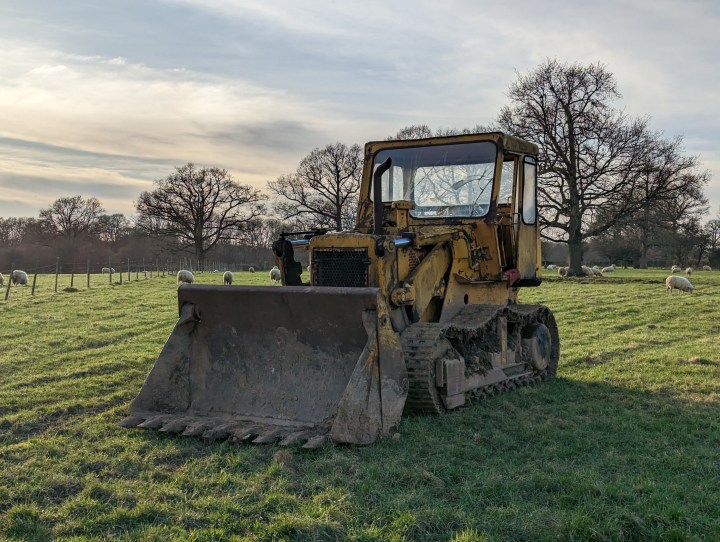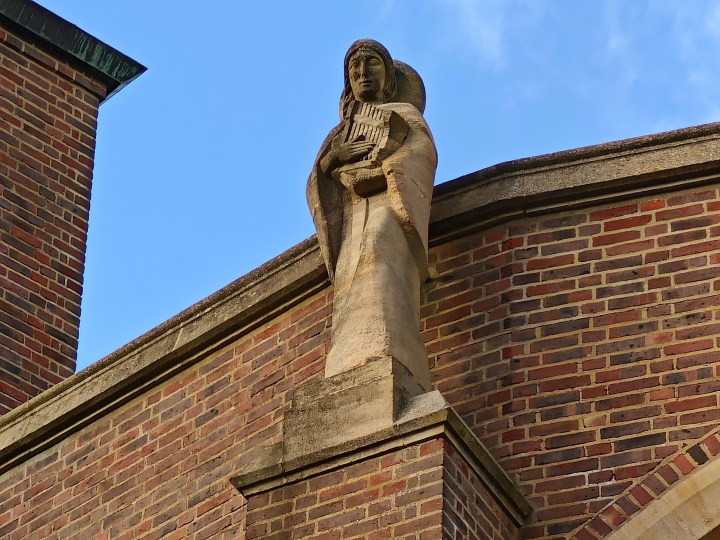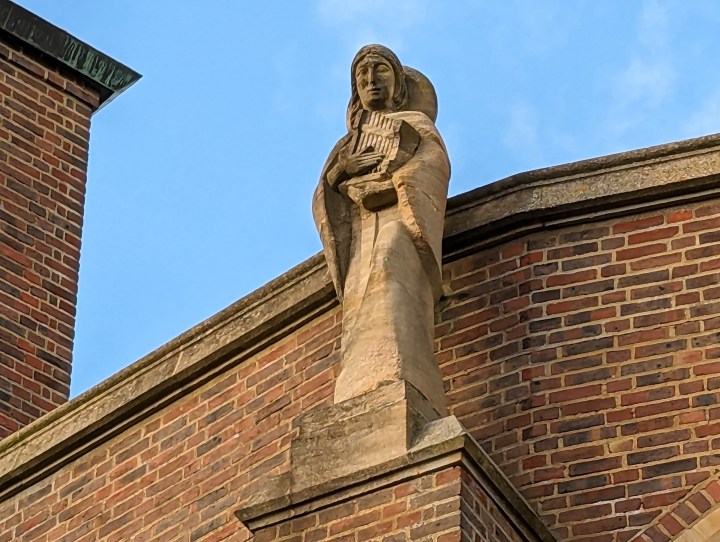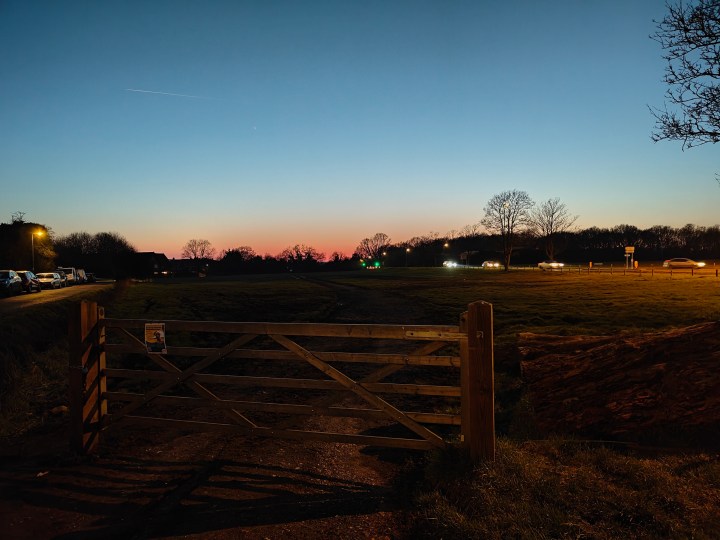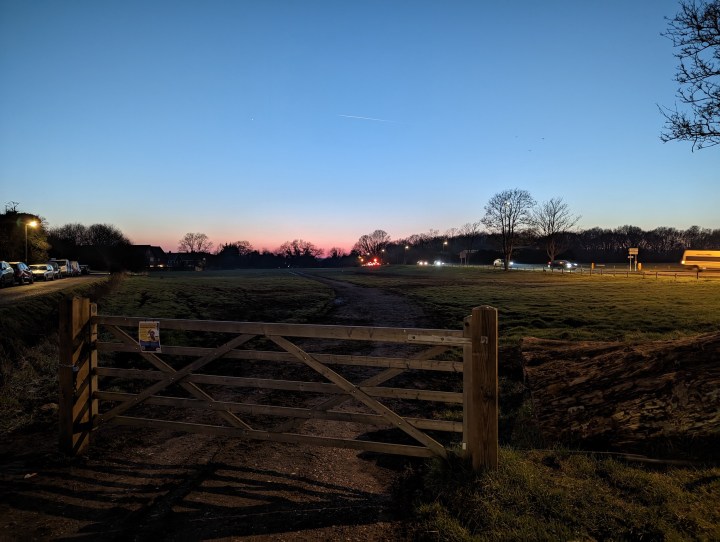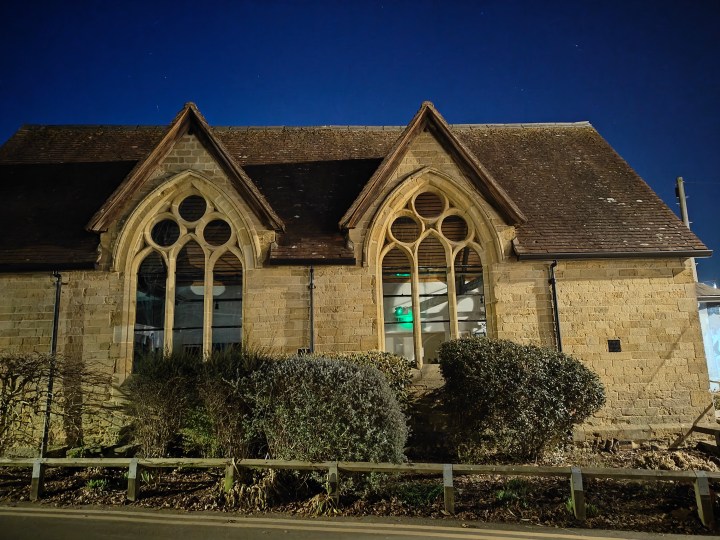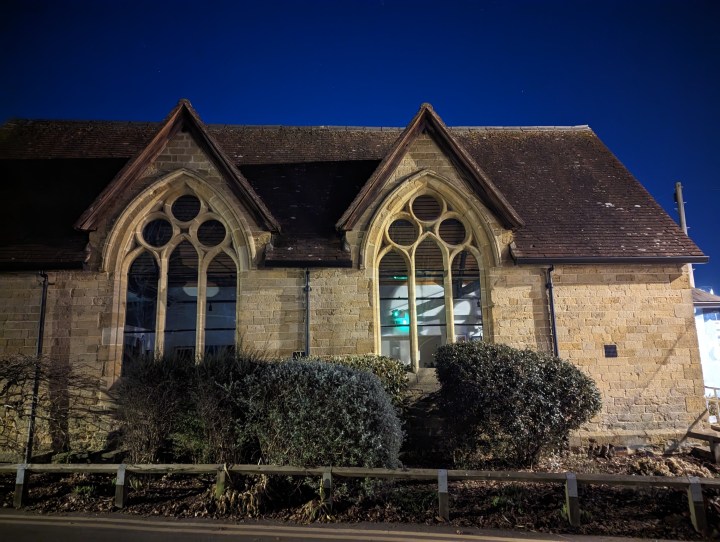The OnePlus 11 is the latest phone to feature camera maker Hasselblad’s color tuning and other software tweaks, and we were impressed with the photos the phone takes in our review.
But that’s when it’s viewed mostly in isolation — how does it perform when it’s put up against the industry’s best? To find out, we gave the OnePlus 11 a seriously tough challenge by pitting it against the Google Pixel 7, one of our favorite camera phones.
OnePlus 11 vs. Pixel 7: camera specs
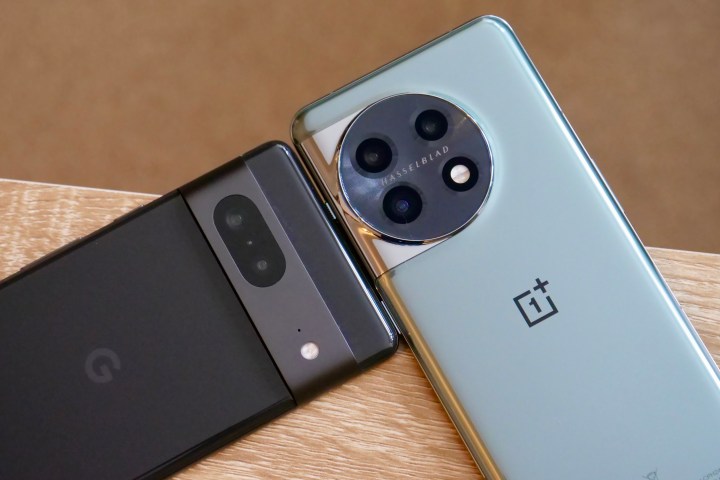
The OnePlus 11 starts at $699, and for that, you get a 50-megapixel Sony IMX890 main camera with optical and electronic image stabilization (OIS and EIS), and a 48MP Sony IMX581 wide-angle camera with a 115-degree field of view. These are joined by a 32MP Portrait Tele Camera that provides a 2x optical zoom, plus an unusual 13-channel Accu-Spectrum Light-color Identifier sensor to help make colors as realistic as possible. The front camera has 16 megapixels.
The Google Pixel 7 starts at $599, making it a little cheaper than the OnePlus 11, and it uses Google’s Tensor G2 processor rather than the Qualcomm Snapdragon 8 Gen 2 chip.
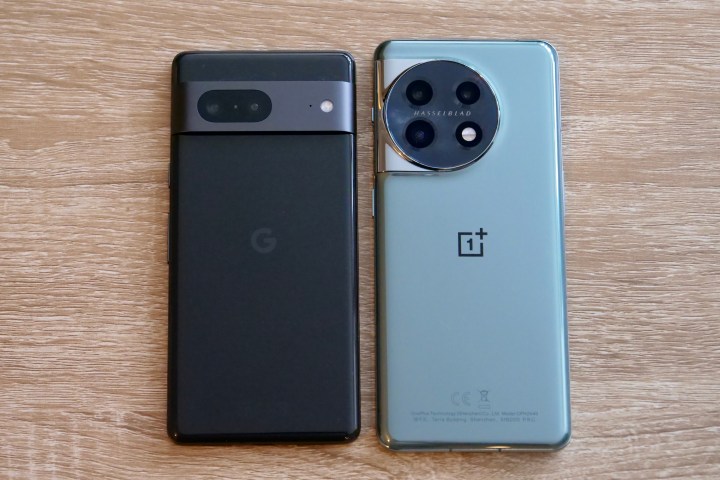
The camera features are led by a 50MP main camera with both OIS and EIS, along with a 12MP wide-angle camera with a 114-degree field of view. It also has a spectral sensor, which provides similar functionality to the OnePlus’s Accu-Spectrum sensor. The Pixel 7 does not have an optical zoom feature, and instead uses Google’s software-driven Super Res Zoom feature that extends to 8x.
The two phones are quite different on paper, but Google’s computational photography prowess allows the Pixel 7 to take fantastic photos. And just because it has one less camera than the OnePlus 11, that doesn’t mean it’s at a disadvantage. Let’s see how they compare.
OnePlus 11 vs. Pixel 7: Main camera
- 1. OnePlus 11
- 2. Google Pixel 7
The first photo shows some very interesting differences, and while some are expected, others are far less so. The most obvious difference is the OnePlus 11’s more highly saturated green and blue colors, with the grass and sky appearing far more vibrant than in the Pixel 7’s photo. However, this makes the Pixel 7’s photo better balanced. Exposure is more accurate too, and the clouds are less blown out.
This was all somewhat expected, but it’s when you look closely that things change. The OnePlus 11’s photo is noticeably sharper, particularly when you crop the image down. The weathering on the stag’s metal flanks and neck is sharply defined in the OnePlus 11’s photo, but far less so in the Pixel 7’s image.
- 1. OnePlus 11
- 2. Google Pixel 7
I wondered if it was a focal issue unique to that image, but the sharpness problems continue for the Pixel 7. The same differences appear in the photo of the cathedral. The OnePlus 11’s grass and sky are vibrant, and the brickwork and small details are sharply defined. The Pixel 7 captures the colors more accurately and exposes them better too, but the photo simply isn’t as sharp.
- 1. OnePlus 11
- 2. Google Pixel 7
Photos taken close-up suffer from different issues, and this next image shows where the OnePlus 11’s color accuracy isn’t anywhere close to the Pixel 7’s — even with Hasselblad’s involvement and the special sensor. The Pixel 7 gets the color right and has better white balance too. But there is more distortion around the edges than in the consistently sharp OnePlus photo.
- 1. OnePlus 11
- 2. Google Pixel 7
In the final photo, the blackness of the car’s paint is more accurately depicted by the Pixel 7’s photo, which also has a wonderful, subtle depth of field that the OnePlus 11’s photo lacks. I didn’t tap to focus here, and in reality, hurriedly took each photo. The Pixel 7 returned the photo I wanted to take. Look closely, though, and the OnePlus 11’s picture is a little sharper, but not to the extent that some of the other images have been.
It makes a decision on which camera wins here very difficult. The Pixel 7 gets all the colors right, whereas the OnePlus 11 fails in this regard more often, but the lack of sharpness and definition can hurt the Pixel 7 images when you examine them more closely. The Pixel 7’s better-exposed photos are slightly more atmospheric, and certainly more natural-looking. It’s going to get the win, and that’s a problem for the OnePlus 11. The big thing about Hasselblad’s involvement is “natural colors,” yet it still can’t compete with the Pixel 7.
Winner: Google Pixel 7
OnePlus 11 vs Pixel 7: wide-angle camera
- 1. OnePlus 11
- 2. Google Pixel 7
There’s a big difference between the wide-angle camera’s megapixel count here, so how will it affect the photos? Well, megapixels aren’t everything, as we’ll see here. The first photo of the church front reveals how much more detail and definition the Pixel 7 gets from its wide-angle camera compared to the OnePlus 11. For example, crop the image down, and you can make out the sign on the door, which is pixelated too much in the OnePlus 11’s photo.
Despite the two wide-angle cameras sharing a similar field of view, the OnePlus 11’s photos do give a greater sense of scale, but the Pixel 7’s camera controls edge distortion more effectively and lessens any fish-eye effect too. Below, you can see the vibrancy in the OnePlus 11’s camera, compared to the subtle colors and tone of the Pixel 7. In reality, the scene was somewhere between the two, without the coolness of the Pixel 7’s image.
- 1. OnePlus 11
- 2. Google Pixel 7
This additional scale makes a difference, and seeing “more” in your wide-angle photo makes it worth using a wide-angle camera compared to the main camera. The Pixel 7’s tighter view lessens the impact, and there’s a less obvious difference between its main camera and wide-angle. The OnePlus 11’s bright colors appeal too, and while they aren’t as natural as the Pixel 7’s, they do make the photos more shareable.
- 1. OnePlus 11
- 2. Google Pixel 7
Once again, it’s close, and while the Pixel 7 can show more detail than the OnePlus 11, the tone is often too subdued — with that extra detail getting lost in the shadows. I want a wide-angle photo to look like a wide-angle photo, and if it’s colorful and exciting, then I’ll be more likely to share it without editing. This is also something we saw in our OnePlus 11 versus iPhone 14 Pro camera test.
The OnePlus 11 delivers wide-angle photos better than the Pixel 7.
Winner: OnePlus 11
OnePlus 11 vs Pixel 7: 2x zoom
- 1. OnePlus 11
- 2. Google Pixel 7
Only the OnePlus 11 provides an optical zoom, but does this mean it takes better photos than Google’s software-enhanced zoom? Yes, it does. At a glance, the Pixel 7’s photo is acceptable, especially as the tone is consistent with the similar wide-angle image above. But look closely, and it’s poor quality. See how much more detail there is in the vehicle’s tracks and the texture of the battered metal in the OnePlus 11’s photo for evidence of that.
- 1. OnePlus 11
- 2. Google Pixel 7
Zoom in even further, and the situation doesn’t change. For example, this statue (high up on a rooftop) is sharper and more detailed in the OnePlus 11’s photo, while it’s noisy and obviously digitally enhanced in the Pixel 7’s photo. You’d potentially share the OnePlus 11’s photo, but would discard the Pixel 7’s.
The difference an optical zoom makes is considerable, and even Google’s Super Res Zoom feature can’t compete here. The OnePlus 11 may not have a 3x or greater zoom like the OnePlus 10 Pro, but it still performs far better than a digital zoom.
Winner: OnePlus 11
OnePlus 11 vs Pixel 7: Night mode
- 1. OnePlus 11
- 2. Google Pixel 7
It has been close in the categories so far, but Google knows what it’s doing with lowlight shots, and it really shows when the Pixel 7 is compared to the OnePlus 11. The first photo illustrates it best. The light, color, and tone are exceptional, while the OnePlus 11’s yellow tint (potentially influenced by the streetlights) is noticeable and unattractive. There’s less noise in the Pixel 7’s photo too, but I do like the color of the sunset captured by the OnePlus 11.
- 1. OnePlus 11
- 2. Google Pixel 7
The second photo highlights how much more natural the colors produced by the Pixel 7’s camera are in lowlight, and how it minimizes noise too. There’s evidence of edge enhancement in the OnePlus 11’s photo when you look along the roofline, while the Pixel 7’s image is considerably cleaner.
The Pixel 7 isn’t about to lose its title as a lowlight photography superstar, and the OnePlus 11 doesn’t have the ability to take it on. The OnePlus 11’s photos aren’t awful, but the software manipulation is very obvious, so they are less attractive.
Winner: Google Pixel 7
OnePlus 11 vs Pixel 7: Portrait mode (rear camera)
- 1. OnePlus 11
- 2. Google Pixel 7
The OnePlus 11 has a dedicated portrait mode, plus Hasselblad has specifically tuned the software for the feature, so I had high expectations here. Unfortunately, it can’t beat the Pixel 7, which does not have a special camera for portrait-style shots. Out of all the images I took, the Pixel 7 captured more detail and a more accurate representation of my skin tone.
Colors are also more realistic, and the Pixel 7’s photos show more detail as well. Edge recognition is similar for both, and not especially impressive. Neither captured the bobble on my hat very well. However, it’s worth pointing out that portrait mode performance depends a lot on the environment, lighting, and distance from the subject. It’s possible the OnePlus 11 may improve in particular situations, but for those that I tested the cameras in, the Pixel 7 took the better photos.
Winner: Google Pixel 7
The Google Pixel 7 keeps its title
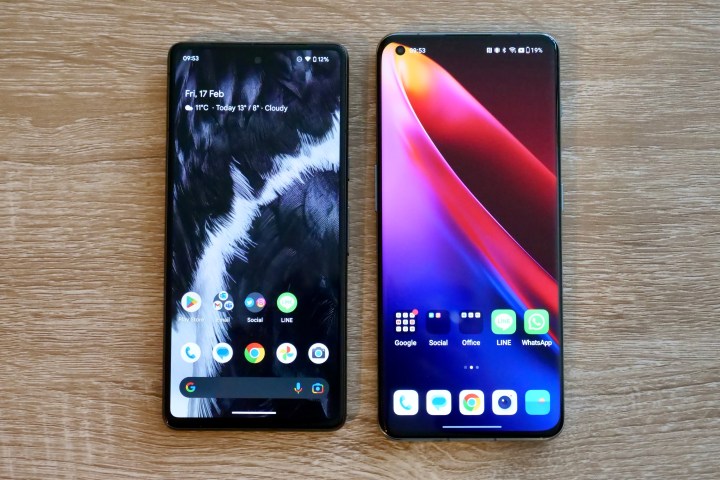
The Pixel 7 has won three categories, while the OnePlus 11 has taken two categories, making the Google phone the winner. It remains one of the top camera smartphones you can buy, outside of spending $1,000 or more. The OnePlus 11 didn’t fare badly, though, and it was a difficult decision to make when judging the main camera; some may prefer the additional sharpness of the OnePlus’ camera over the natural colors and well-exposed tone of the Pixel.
OnePlus’ loss here does continue to highlight how the Hasselblad partnership isn’t really bringing anything much to the table. While I think the OnePlus 11’s camera has a character and tone all of its own (when judged entirely on its own), its problems are — if you’ll forgive the pun — exposed when you put it against great cameras like the Pixel 7. For all the talk of natural colors, the OnePlus 11 lost the main camera battle because of unnatural colors, and that’s not good at all.
If you’re interested in a new smartphone and the camera is a major consideration, the Pixel 7 is a great purchase, and we’d recommend it over the OnePlus 11. However, the OnePlus 11 has a lot more going for it, and if you’re not absolutely invested in the camera, it may end up being the better buy. Take a look at our in-depth OnePlus 11 review for the reasons why.
